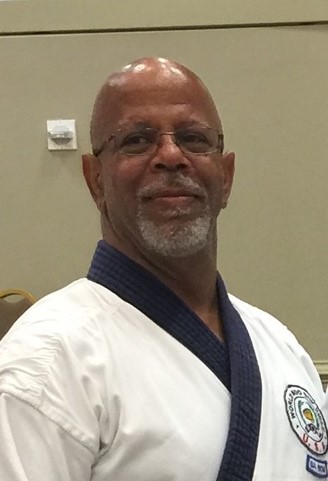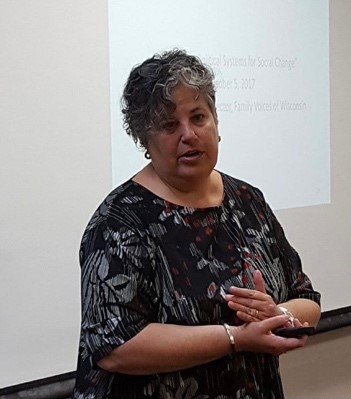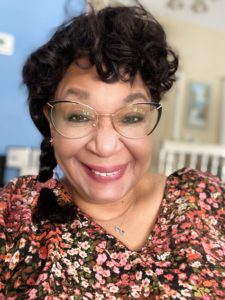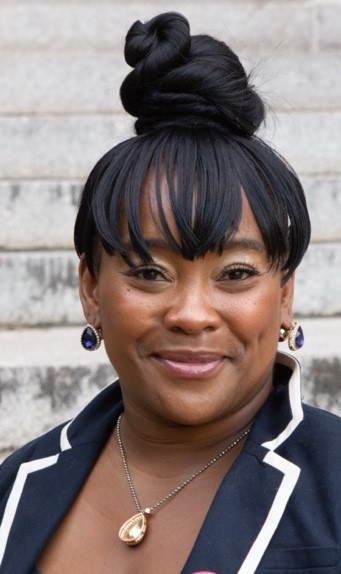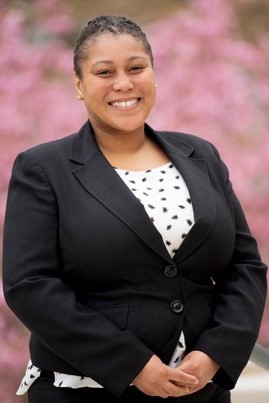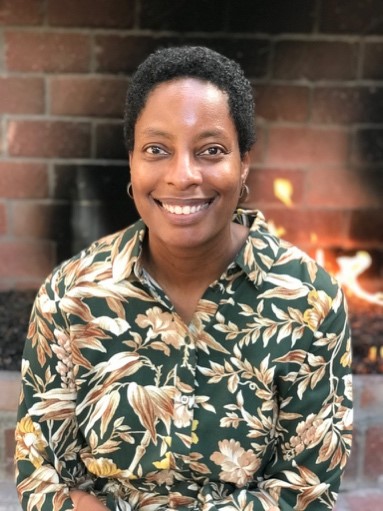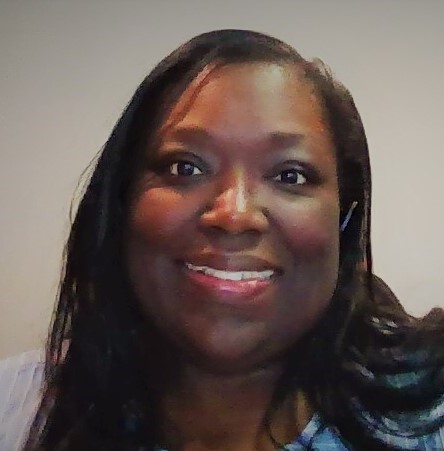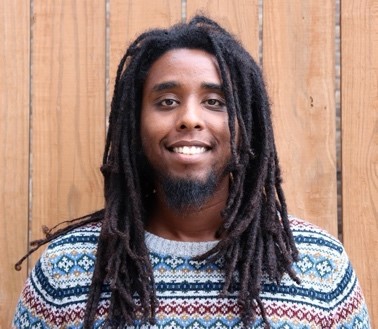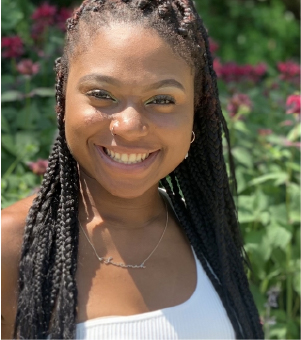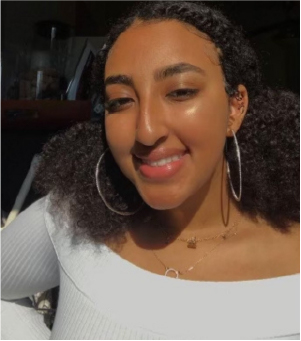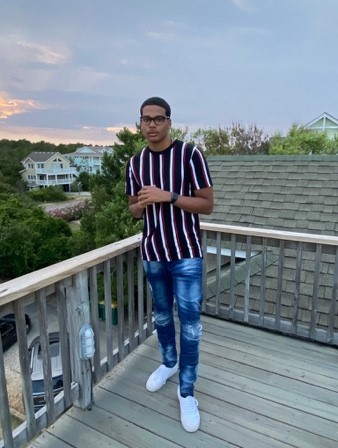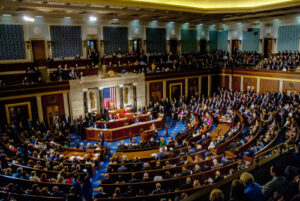 The lame duck session is any meeting of the House of Representatives or Senate that takes place after a November election and before the new Congress starts their new session. This also applies to presidents and other lawmakers who are retiring or did not win their elections.
The lame duck session is any meeting of the House of Representatives or Senate that takes place after a November election and before the new Congress starts their new session. This also applies to presidents and other lawmakers who are retiring or did not win their elections.
How long is it? The lame duck session is the couple of months between mid-November and December or early January following the election. The average length is 37 days, with the longest being 56 days.
What can Congress do? Lame duck sessions are typically used to address urgent issues, finalize the Federal budget, or for Congress to “just be present.” Sometimes Congress will hold mini sessions to prevent the president from making recess appointments or vetoing legislation. These mini meetings sometimes last a few seconds from start to finish.
Has anything major ever happened in a lame duck session? Yes! After 9/11, the lame duck Congress passed a bill that created the Department of Homeland Security. A lame duck Congress in 2010 repealed the “Don’t Ask, Don’t Tell” policy, which previously barred LGBTQ+ persons from serving openly in the armed forces. In 1970, the lame duck Congress passed the Occupational Safety and Health Act, which led to current labor protections and the government’s ability to create and enforce health and safety standards for private employees.
What can you do? Since work can still happen during the lame duck period, it is important to continue advocating to your Congressperson about important issues to be included in the final budget allocations.


